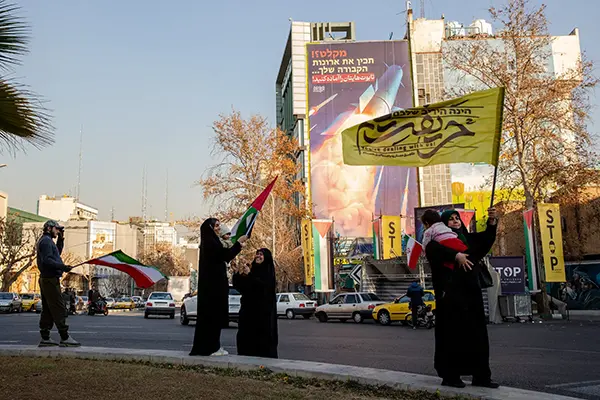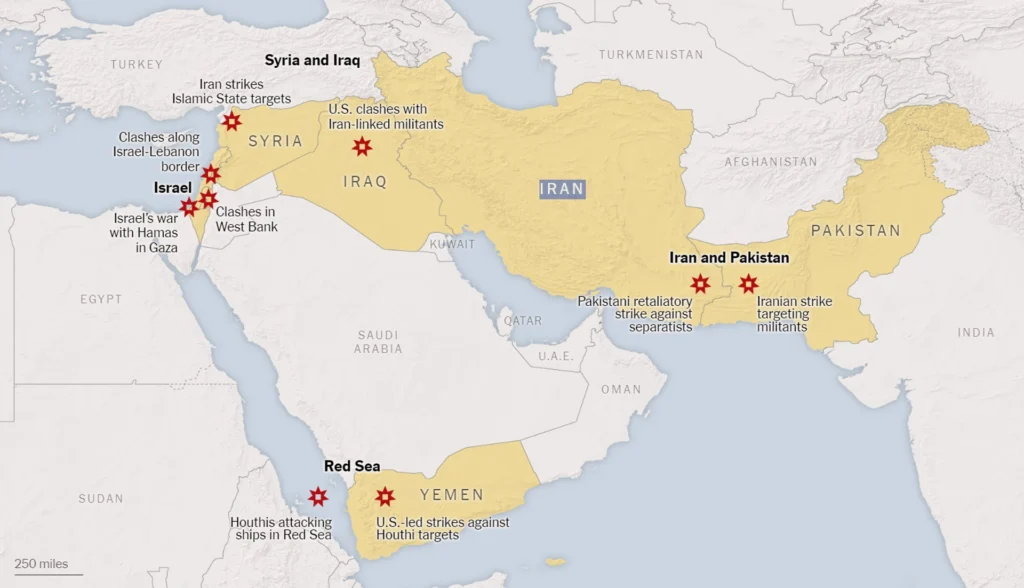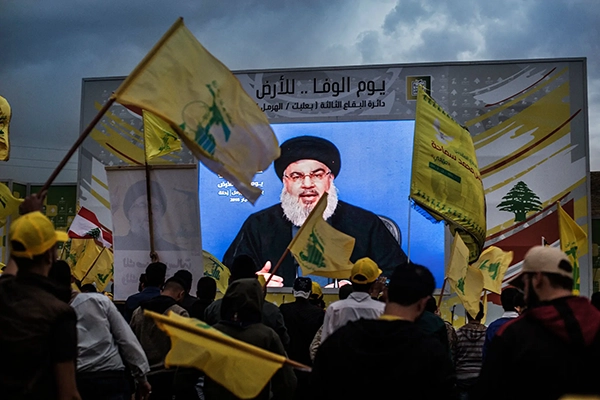Iran’s long history of building up proxy forces that fight its enemies around the region, as well as its conflicts with separatist and terrorist groups, have played into a spate of recent conflicts.

Israel and Gaza. Yemen and the Red Sea. Lebanon, Syria, Iraq — and now Pakistan, too.
At every flashpoint in a set of conflicts spanning 1,800 miles and involving a hodgepodge of unpredictable armed actors and interests, there’s been a common thread: Iran. Tehran has left its imprint with its behind-the-scenes backing of combatants in places like Lebanon and Yemen, and with this week’s direct missile strikes on targets in Iraq, Syria and Pakistan.
The Iran connection stems partly from Iran’s decades-long efforts to deter threats and undermine foes by building up like-minded militias across the Middle East.
In addition, Iran itself, like neighboring countries, faces armed separatist movements and terrorist groups in conflicts that readily spill over borders.
But what does Pakistan have to do with Gaza? Here’s a look at how Iran ties together recent tensions.
What’s the back story here?

Ever since the 1979 revolution that made Iran a Shiite Muslim theocracy, it has been isolated and has seen itself as besieged.
Iran considers the United States and Israel to be its biggest enemies — for more than four decades its leaders have vowed to destroy Israel. It also wants to establish itself as the most powerful nation in the Persian Gulf region, where its chief rival is Saudi Arabia, an American ally, and has often had hostile relations with the Saudis and some other predominantly Sunni Muslim Arab neighbors.
With few other allies, Iran has long armed, trained, financed, advised and even directed several movements that share Iran’s enemies. Though Iranian forces have been involved directly in wars in Syria and Iraq, Tehran has mostly fought its enemies abroad by proxy.
Iran, which calls itself and these militias the “Axis of Resistance” to American and Israeli power, sees it all as “part of a single struggle,” said Hasan Alhasan, a senior fellow for Middle East Policy at the International Institute for Strategic Studies, a policy analysis group.
Iranian leaders call their approach a forward defense strategy, saying that to defend itself, the country must take action outside its borders.

“If they are to avoid fighting the Americans and Israelis on Iran’s soil, they’ll have to do it elsewhere,” Mr. Alhasan said. “And that’s in Iraq, Syria, Yemen, Palestine, Afghanistan.”
How well the strategy works is open to question. Terrorist groups have attacked recently on Iranian soil. And for years Israel has carried out targeted attacks on Iran’s nuclear program, killing some of its key figures and destroying facilities.
By Cassandra Vinograd
Jan. 18, 2024


